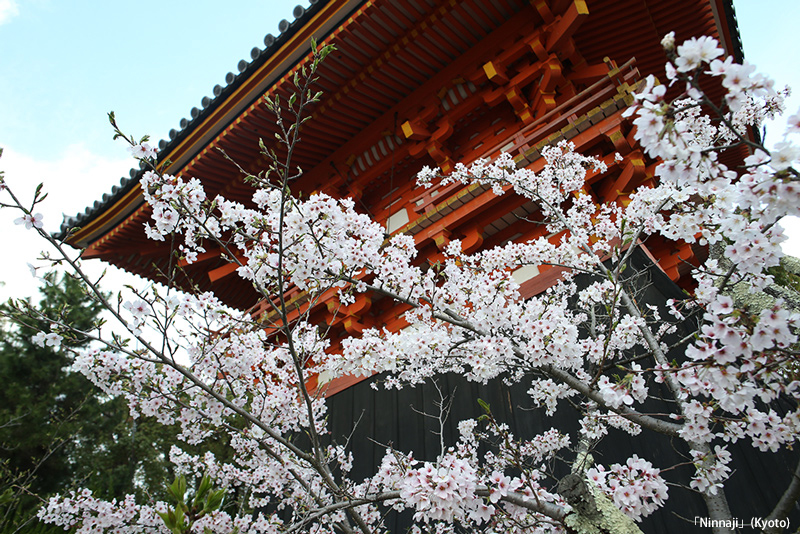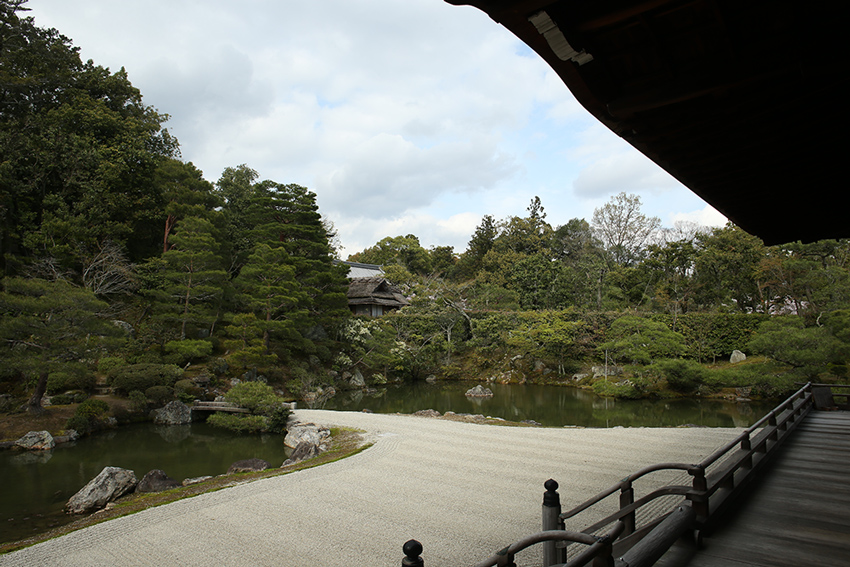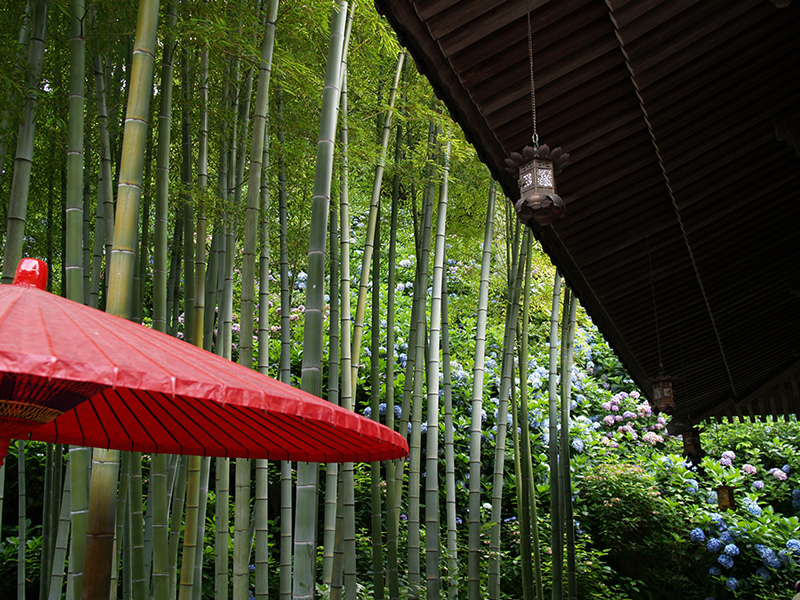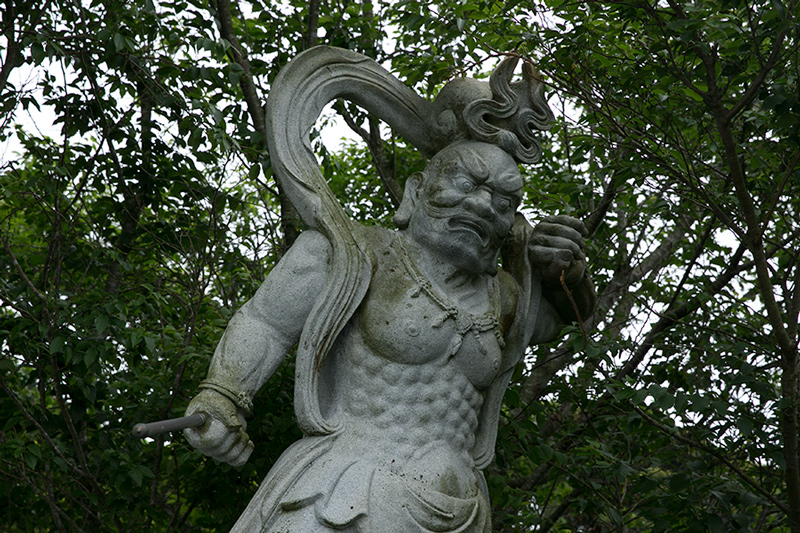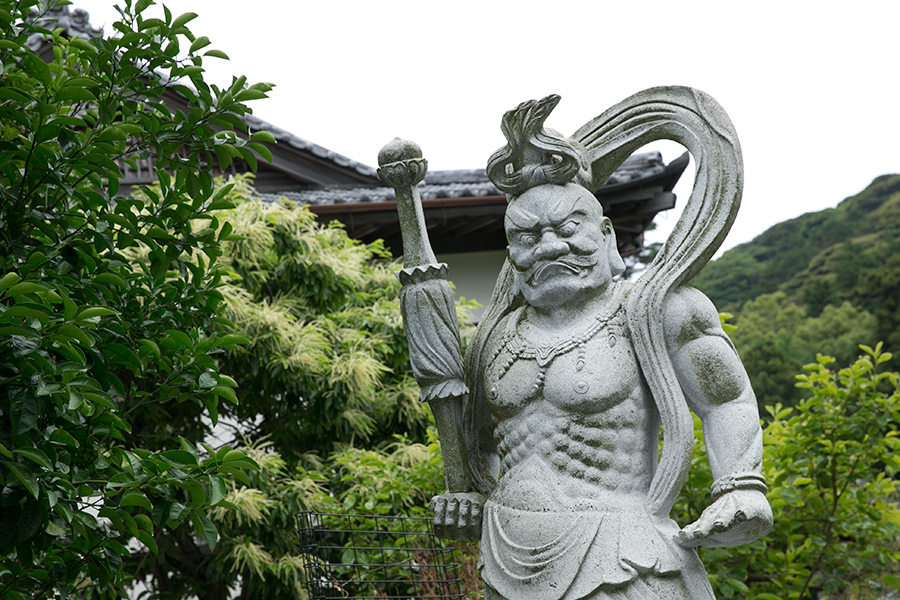Originating in India, temples in Japan are Buddhist and is where monks, nuns, and worship Buddha. Known by many names, in Japan, Buddha is referred to as Siddhārtha Gautama, Amitābha, or Avalokiteśvara. Less well known, many temples in areas off the beaten path are locally important as places where cemeteries are housed, ancestral prayers and events are held, and take care of funerals.
Just as there is a torii (gate) at the entrance of a shrine, there is a rohmon (gate) called a sanmon. On the left and right of the gate are Vajrapāṇi and caturmahārāja, protectors of Buddhism. Often, on the upper portion of the gate you can see the sixteen disciples of Buddha.
There are approximately 77,000 temples in Japan and around 340,000 monks. The number of monks is those who are registered and not all are practicing monks.


